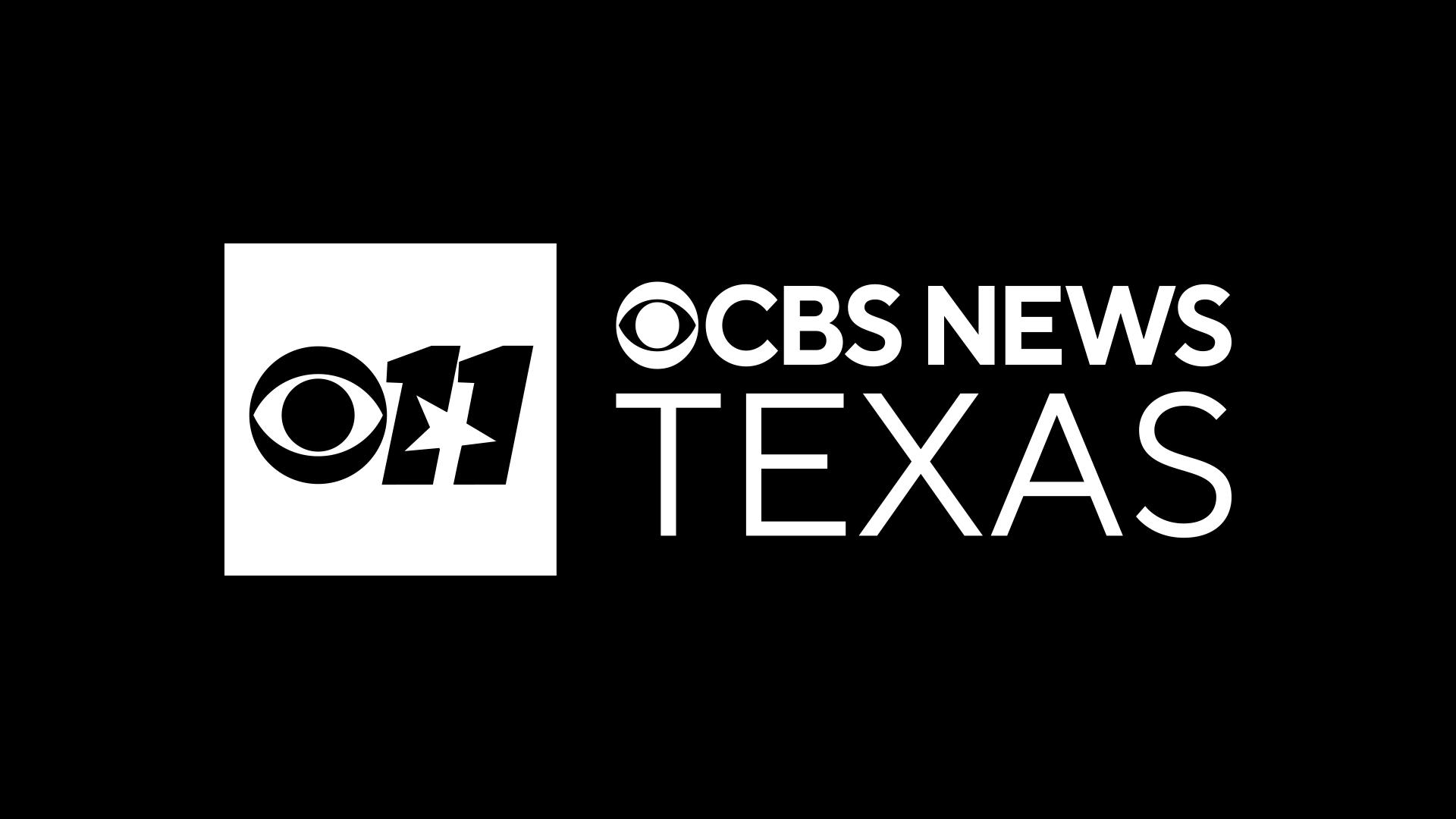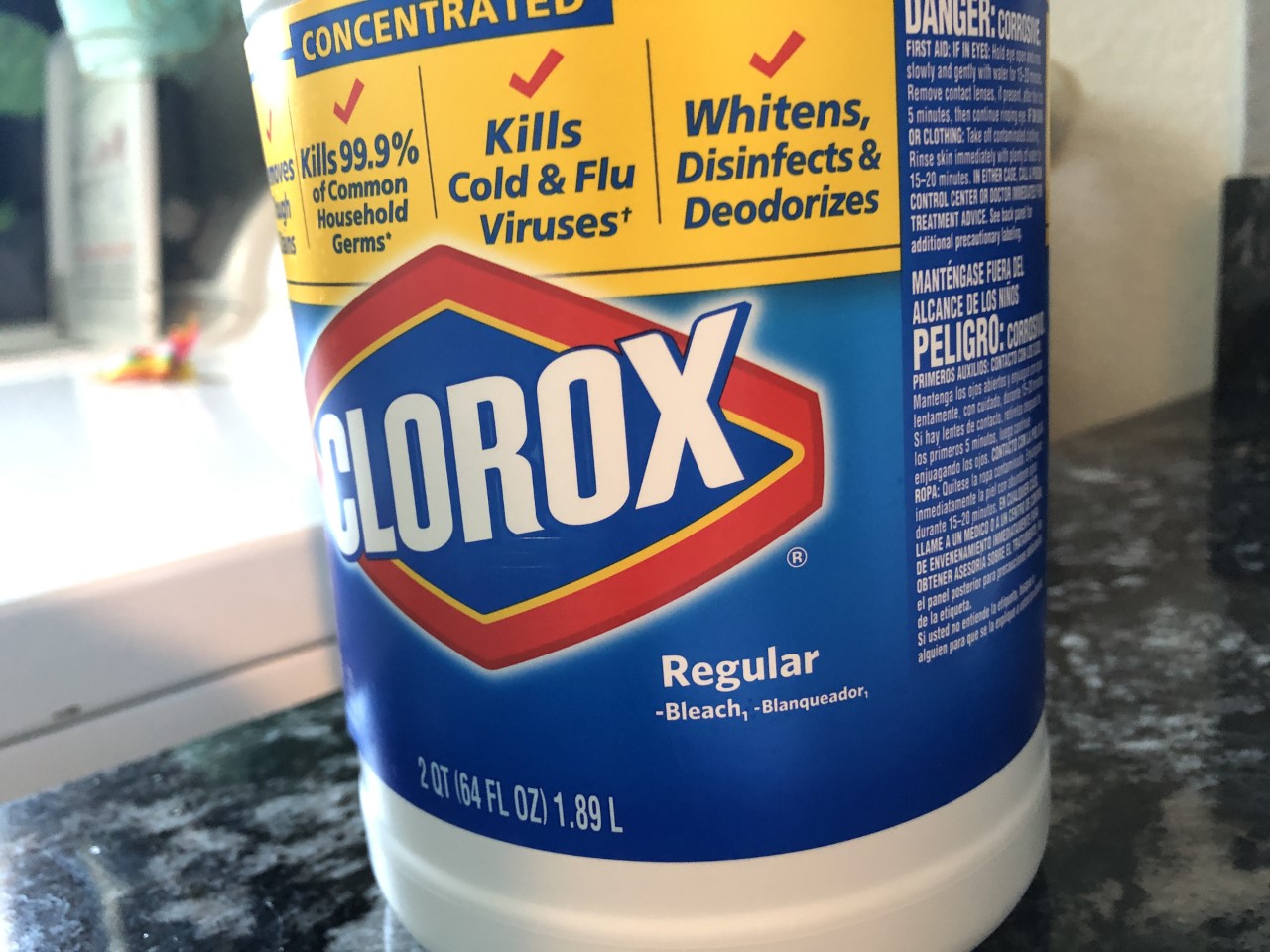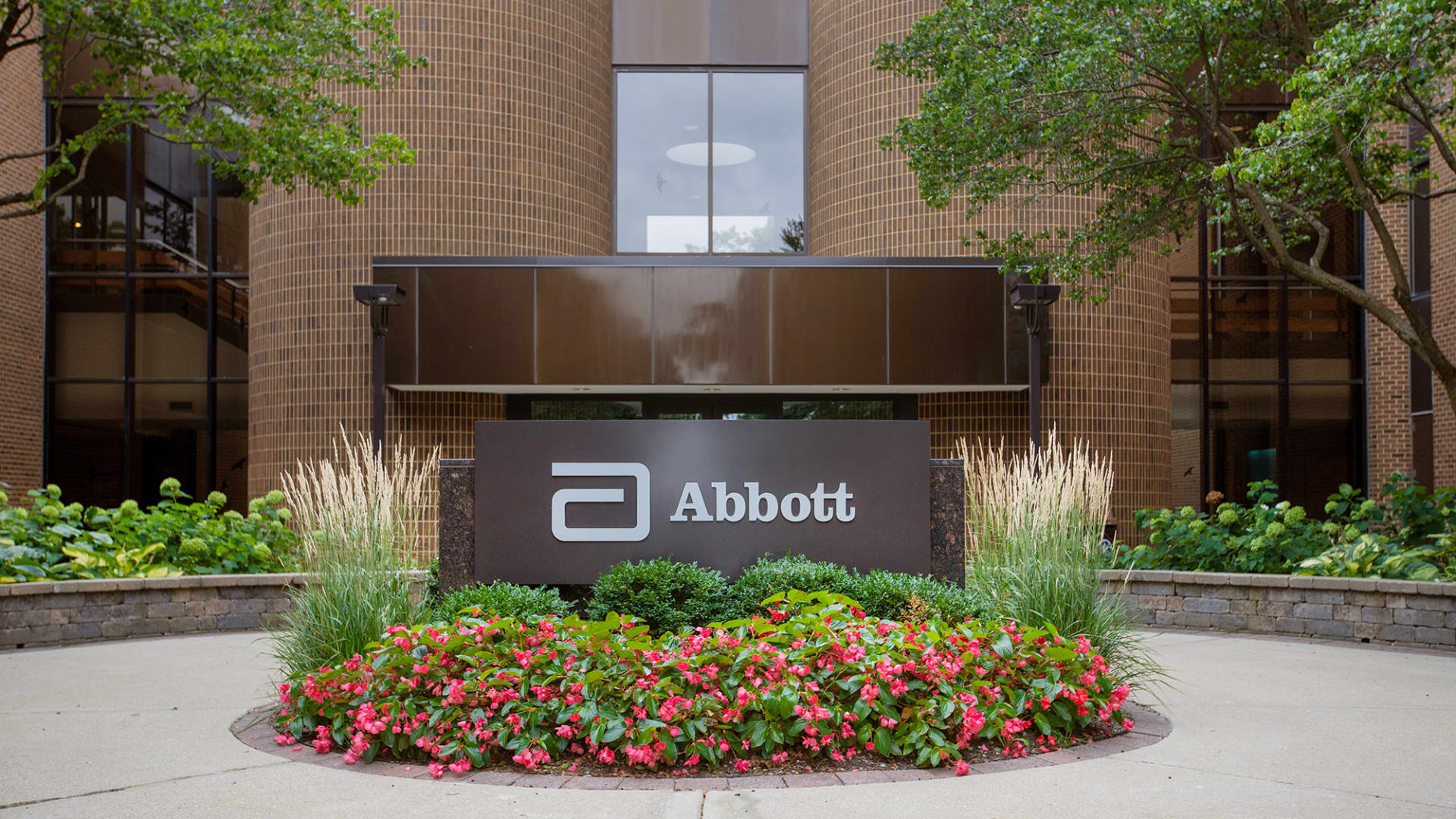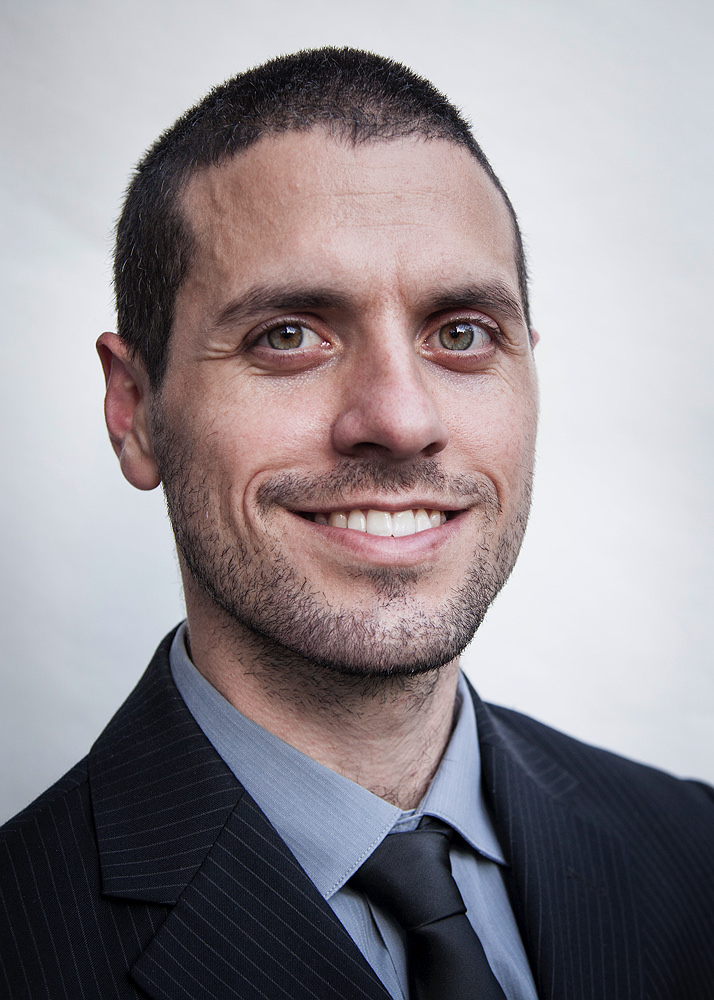Now we know exactly where you are coming from. You are one of them.
One of what exactly? People point out some countries that supposedly had success with HCQ, I’m pointing out the opposite. HCQ has foggy results at best. It is what it is.
Now we know exactly where you are coming from. You are one of them.
You yell at me for posting Twitter, yet you post nothing to support your assertions. Unless something has changed, it seems that HCQ is being used as a co-therapy in Peru. Note- I did not find this from Twitter.One of what exactly? People point out some countries that supposedly had success with HCQ, I’m pointing out the opposite. HCQ has foggy results at best. It is what it is.
OK will monitor RCP for you, maybe this new "study" won't go the way of the fake Lancet and hackneyed Boulware "studies". Quick question--I didn't delve into the "study" report yet, so what exactly was involved in this new "study"? From the article it sounds as though this new "study" is an analysis of prior "studies", no? The researchers,, including Thibault Fiolet of Paris's Centre for Research in Epidemiology and Population Health, assessed 29 studies - processing the data of 11,932 patients who were treated with hydroxychloroquine, 8,081 who received hydroxychloroquine with azithromycin, and 12,930 in a control group that received neither.
So you're attributing the chicomvirus rates in those countries to wearing masks, eh "Greg"?South Korea, Taiwan, Thailand, Vietnam, New Zealand, Australia, Germany, Hong Kong, sri lanka, estonia, ice land, uruguay, cambodia, mongolia, bermuda, barbados,uganda, zimbabwe, finland, croatia, greece, denmark, czech republic, austria, switzerland, portugal, japan, amongst others.
LOL you wouldn't know a fact if you smoked it.They have alternative "facts".
If anyone ever doubted the stupidity of some Americans, never fear, they're still here. If it weren't so sad and dangerous I'd be tempted to laugh, as I just never thought I'd see something like this.

CBS Texas - Breaking Local News, First Alert Weather & I-Team Investigations
Latest breaking news from CBS11 KTVT-TV | KTXA-TV.dfw.cbslocal.com

Don’t drink bleach: Texas Poison Center Network getting 100s of calls about ingesting cleaning products
Data shows across the state, 278 calls were received about ingesting bleach among people 30-years and older between March 1 to June 5. More than three hundred calls were about children 5 years or y…www.kxan.com
more about players that dropped wide-open TD passes or fumbled at the goal line...There have been many debates here about whether or not “Coach was calling the right plays” during the virus.
Almost all deaths in NJ from the last month are from LTC facilities.
What is the evidence? Just curious. That tweet was deleted long before bac sung your praises for posting a deleted tweet.Almost all deaths in NJ from the last month are from LTC facilities.
It wasn't deleted, I think I just suck at linking. Try again:What is the evidence? Just curious. That tweet was deleted long before bac sung your praises for posting a deleted tweet.
Hospitalizations and death rates way down. Is it treatments, SD, virus losing strength or all 3?
decreased rate of spread and improved treatments. Decreased rate of spread is a result of herd immunity (more responsible) and masks/distancing (less responsible). the bigger cause for reduced transmissibility is my opinion.Hospitalizations and death rates way down. Is it treatments, SD, virus losing strength or all 3?

Abbott wins U.S. authorization for $5 rapid Covid-19 antigen test
Abbott Laboratories said on Wednesday it won U.S. marketing authorization for a Covid-19 portable antigen test that can deliver results within 15 minutes and will sell for $5.www.cnbc.com
Thought this was interesting. I know that anitgen tests are not as reliable as PCR tests, but an incredibly low cost/quick test could help people feel more comfortable until there's a vaccine in widespread use. For $5 a pop, I know I'll get my family to take it before we get together indoors for the holidays.
@RU848789 thoughts?

The NYT must have eviscerated Woodrow Wilson for not stopping this plague in the U.S. amirite?

Article = BS
Scientists are reporting several cases of Covid-19 reinfection — but the implications are complicated
There are now several documented cases of people becoming reinfected with Covid-19. But experts stress that’s not cause for panic. Here’s how to interpret the news.www.statnews.com
Article = BS
Article = BS (just like all previous "reports" of reinfection)Did you even bother to read the article? It’s a great article, maybe you’ll actually learn something.
Article = BS (just like all previous "reports" of reinfection)
One it isn't scientific evidence. Two the sourse is highly questionable. Gullible is the word for you!You can deny it all you want, but there is now scientific evidence that it’s possible. Although the article goes into detail how this is likely the outlier.
I guess you’re used to just reading twitter headlines instead of actually educating yourself. Sorry, but you look like a moron.
It's proof that virus doesn't simply virus, throbber.So you're attributing the chicomvirus rates in those countries to wearing masks, eh "Greg"?
Do we know if "woke zombie" is telling the truth here?
Someone in Nevada just got reinfected months later. First time sick for a month but stayed home, this time needed hospitalization and oxygen. Only 25 years old.
Scientists are reporting several cases of Covid-19 reinfection — but the implications are complicated
There are now several documented cases of people becoming reinfected with Covid-19. But experts stress that’s not cause for panic. Here’s how to interpret the news.www.statnews.com
Nope scientists are reporting reinfection. Only chicken little flu bros like yourself hate science so much.Article = BS (just like all previous "reports" of reinfection)
You can deny it all you want, but there is now scientific evidence that it’s possible. Although the article goes into detail how this is likely the outlier.
I guess you’re used to just reading twitter headlines instead of actually educating yourself. Sorry, but you look like a moron.
Sorry, completely unimpressed. If its purported benefit is as an antiviral, then using the highest tolerated dose in an acute setting over a week or so would seem to be the best approach, so I have zero idea why Campbell (who I like) thinks a low dose is key here. HCQ has a well established safety profile, so giving more ought to be better than less if the goal is to deactivate the virus.Please watch the YouTube video posted above. It is very well done and science-based. Either one of two things happened: (1)the anti-HCQ crowd purposefully cooked their results by giving a higher dose to obtain bad results; (2) the people running the studies with the bad results were idiots. Let's face it, big Pharma had nothing to gain from HCQ, and some were going to do everything they could to deep six the results. Others hate the guy who promoted HCQ and they did not want to see it promoted as successful, perhaps because they feared backlash.
You just posted fake news!! Sad my stalker is at it again!
She is a Professor and researcher of infectious diseases at Yale. You sell liquor in a grocery store. Who do you think knows better about diseases , her or you?You just posted fake news!! Sad my stalker is at it again!
[roll]
One it isn't scientific evidence. Two the sourse is highly questionable. Gullible is the word for you!
+1You just posted fake news!! Sad my stalker is at it again!
Article = BS
Yes she is a professor. Not a practicing doctor nor a scientist or with direct knowledge of the patient. You got fooled again. She has no direct knowledge that the first positive was real. The amount of 1st fake positive is outstanding!She is a Professor and researcher of infectious diseases at Yale. You sell liquor in a grocery store. Who do you think knows better about diseases , her or you?
Lmao you don't know how science works. DO you know what a journal is?Yes she is a professor. Not a practicing doctor nor a scientist or with direct knowledge of the patient. You got fooled again. She has no direct knowledge that the first positive was real. The amount of 1st fake positive is outstanding!
There is no evidence that anyone has been infected twice with COVID-19. Just like the numerous previous reports, wait a few weeks and it will be debunked.Sorry, these aren't erroneous reports, like most of the earlier ones were (where there was simply a false positive weeks after recovery, due to residual nucleic acids still being present); both cases have had the virus sequenced and in both the initial and second infections were due to slightly different strains of the virus. Here's what I wrote on Monday, elsewhere (forgot to post it here somehow). Let's just hope this is very infrequent and that most who get reinfected have mild/asymptomatic cases.
First high confidence report of a case of reinfection with SARS-CoV-2, as a patient from Hong Kong, who was infected back in March (confirmed by PCR viral test and was symptomatic), recently returned from Europe and was tested (mandatory in HK) and found to have an asymptomatic case of COVID with a slightly different strain of the virus, indicating that it's highly unlikely this is a lab artifact (as earlier reports of reinfection were). Hoping to see more documentation of this case, also.
https://www.statnews.com/2020/08/24/first-covid-19-reinfection-documented-in-hong-kong-researchers-say/
This is not a major surprise, though, as experts never thought sterilizing immunity post-infection (i.e., 100% protection from even being infected) would be forever. It's not for most viruses and, in fact, several of the vaccines in primate trials don't show sterilizing immunity in all cases, but they do show immunity to the extent of not becoming sick (kind of like the flu vaccine), which is still very important.
Also, keep in mind that for other coronaviruses, like the common cold, SARS and MERS, nobody has routinely been testing asymptomatic, healthy people, like they are for COVID, so it's quite possible reinfection with asymptomatic outcome would have been discovered for SARS/MERS, especially if we had ever looked for it (we didn't). While this isn't great news it's still very possible that the vast majority of recovered COVID patients (and eventual recipients of a vaccine) will have immunity for a few years, like SARS/MERS and not less than a year like for the common cold coronaviruses. As the linked article said, "𝐵𝑢𝑡 𝑏𝑎𝑠𝑒𝑑 𝑜𝑛 𝑤ℎ𝑎𝑡 ℎ𝑎𝑝𝑝𝑒𝑛𝑠 𝑤𝑖𝑡ℎ 𝑜𝑡ℎ𝑒𝑟 𝑐𝑜𝑟𝑜𝑛𝑎𝑣𝑖𝑟𝑢𝑠𝑒𝑠, 𝑒𝑥𝑝𝑒𝑟𝑡𝑠 𝑘𝑛𝑒𝑤 𝑡ℎ𝑎𝑡 𝑖𝑚𝑚𝑢𝑛𝑖𝑡𝑦 𝑡𝑜 𝑆𝐴𝑅𝑆-𝐶𝑜𝑉-2 𝑤𝑜𝑢𝑙𝑑 𝑛𝑜𝑡 𝑙𝑎𝑠𝑡 𝑓𝑜𝑟𝑒𝑣𝑒𝑟. 𝑃𝑒𝑜𝑝𝑙𝑒 𝑔𝑒𝑛𝑒𝑟𝑎𝑙𝑙𝑦 𝑏𝑒𝑐𝑜𝑚𝑒 𝑠𝑢𝑠𝑐𝑒𝑝𝑡𝑖𝑏𝑙𝑒 𝑎𝑔𝑎𝑖𝑛 𝑡𝑜 𝑡ℎ𝑒 𝑐𝑜𝑟𝑜𝑛𝑎𝑣𝑖𝑟𝑢𝑠𝑒𝑠 𝑡ℎ𝑎𝑡 𝑐𝑎𝑢𝑠𝑒 𝑡ℎ𝑒 𝑐𝑜𝑚𝑚𝑜𝑛 𝑐𝑜𝑙𝑑 𝑎𝑓𝑡𝑒𝑟 𝑎 𝑦𝑒𝑎𝑟 𝑜𝑟 𝑒𝑣𝑒𝑛 𝑙𝑒𝑠𝑠, 𝑤ℎ𝑖𝑙𝑒 𝑝𝑟𝑜𝑡𝑒𝑐𝑡𝑖𝑜𝑛 𝑎𝑔𝑎𝑖𝑛𝑠𝑡 𝑆𝐴𝑅𝑆-1 𝑎𝑛𝑑 𝑀𝐸𝑅𝑆 𝑎𝑝𝑝𝑒𝑎𝑟𝑠 𝑡𝑜 𝑙𝑎𝑠𝑡 𝑓𝑜𝑟 𝑎 𝑓𝑒𝑤 𝑦𝑒𝑎𝑟𝑠."